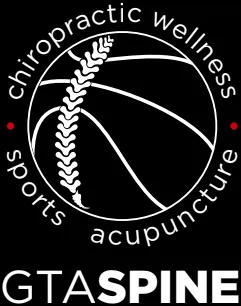What is Muscle Strain?
A muscle strain, often referred to as a pulled muscle, occurs when the fibres in a muscle are stretched beyond their limit or torn. This injury can occur suddenly during physical activity or develop over time due to repetitive movements. Muscle strains vary in severity, from mild overstretching that causes discomfort to more serious tears that result in significant pain and difficulty moving.
Muscles play a crucial role in every movement we make, supporting activities like walking, lifting, and even simple tasks such as bending or reaching. When a muscle is strained, it can affect your ability to perform these daily activities comfortably.
Commonly affected areas include the lower back, hamstrings, calves, and shoulders — places that often bear the brunt of physical exertion. Symptoms can include sharp pain, swelling, stiffness, and muscle weakness.
Understanding what a muscle strain is helps you recognize the signs early and seek appropriate treatment. With proper care, most muscle strains heal well, allowing you to return to your normal activities stronger and more resilient.
Common Causes
- Overuse or repetitive motion
- Sudden heavy lifting or forceful movement
- Poor flexibility or inadequate warm-up before exercise
- Muscle fatigue or weakness
- Improper technique during physical activity
Symptoms of Muscle Strains
- Sharp or aching pain in the affected muscle
- Swelling or bruising
- Muscle weakness or spasms
- Difficulty using the muscle normally
- Stiffness and limited range of motion
Strains vs Sprains — quick, clear comparison
What’s the difference?
- Strain: injury to a muscle or tendon (tendons attach muscle to bone). Caused by overstretching, excessive contraction, or overuse. Common sites: hamstring, lower back muscles, biceps.
- Sprain: injury to a ligament (connects bone to bone at a joint). Caused by overstretching or tearing of ligament fibres. Common sites: ankle, wrist, knee.
Typical causes
- Strains: sudden acceleration/deceleration, lifting heavy objects with poor technique, overuse from repetitive movements.
- Sprains: falls, twisting injuries, awkward landings, direct blows to a joint.
When to See a Specialist
Seek professional assessment if you experience:
- Severe pain or swelling
- Inability to use the muscle or bear weight
- Persistent symptoms lasting more than a few days
- Signs of infection, such as redness, warmth, or fever
- Recurring muscle strain despite rest
How Can a Physiotherapist Help Treat Muscle Strains?
At GTA Spine, our physiotherapists specialize in personalized rehabilitation for muscle strains. We assess your injury thoroughly to develop a tailored treatment plan focused on:
- Reducing pain and inflammation
- Restoring strength and flexibility
- Improving movement patterns to prevent re-injury
- Guiding a safe return to activity through targeted exercises
